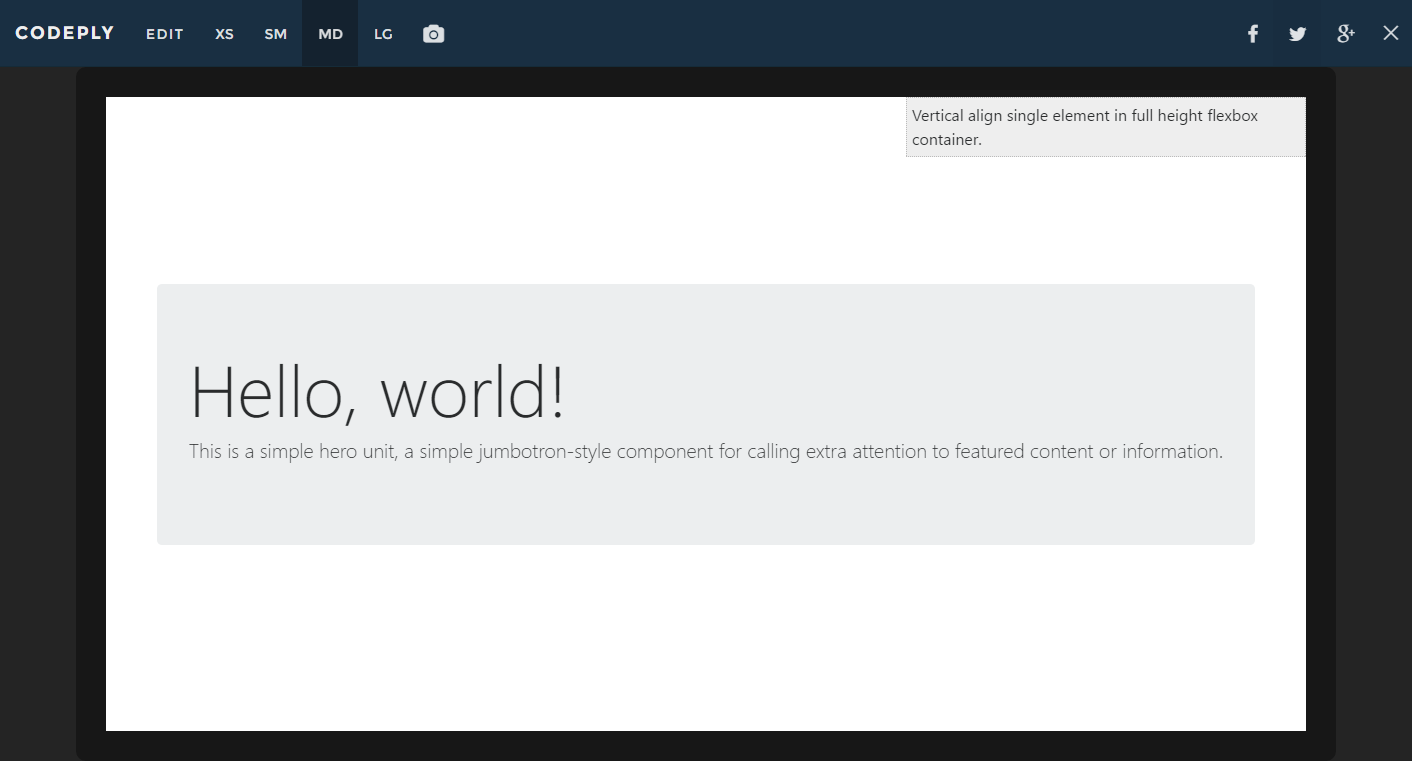

It is the quickest method of justification and does not justify the last line of a content block. inter-word - Justification is achieved by increasing the spacing between words.Justification is achieved by increasing or decreasing spacing between ideographic characters and words as well. inter-ideograph - Used for justifying blocks of ideographic content.inter-cluster - Justifies content that does not have any inter-word spacing (such as with many East Asian languages).distribute-all-lines - Behavior and intent for this value is the same as with the distribute value, but the last line is also justified.In this justification method, the last line is not justified. distribute - Justification is handled similarly to the newspaper value, but this version is optimized for East Asian content (especially the Thai language).auto - The browser will determine the appropriate justification algorithm to use.Text-justify offers a fine level of justification control over the enclosed content, allowing for a variety of sophisticated justification models used in different language writing systems. The justify value from the text-align property must be set for this property to have any effect.
#FULL JUSTIFY TEXT CSS FULL#
What do you think? Do you think left-aligned text is easier to read, or do you favour the more spaced-out layout of full text alignment? Leave us a comment below to let us and our readers know what you prefer (and why).ĭoes your website have inappropriately aligned text? If so, and you would like us to take a look at changing it for you, leave us a comment in the form on this page or call us on 01793 740964.The text-justify property is used in CSS and certain HTML elements.

Of course, it’s up to you as a website owner to make the final decision on the text layout and other styles on your site, and don’t forget that text alignment has worked successfully for newspapers for many decades, especially where the columns are particularly wide. The best way to avoid this problem is not to create text layout that is fully justified (aligned to both the left and the right margins).

This failure describes situations where this confusing text layout occurs. The spaces between words create “rivers of white” running down the page, which can make the text difficult for some people to read. Many people with cognitive disabilities have a great deal of trouble with blocks of text that are justified (aligned to both the left and the right margins). Justified Alignment is actually non-standard for the web, and the W3C standards commitee state the following : I think that most website readers prefer to have their text set out in fairly narrow columns, and with the text aligned left. I advised my client against justifying the text on their web page.
#FULL JUSTIFY TEXT CSS CODE#
The html code (or attribute) to achieve this (for those of you who are interested) is align=”justify”. Justification (or full alignment or double justification) means that each line in your web page is the same length (except perhaps for the last line), with the text on those lines being spread out to meet a uniform line width and to align with both the left and right margins. As you can see, the text is aligned to both the left margin and right margins, meaning that each line will be the same length. Here’s an example of justified website text. As you can see, the text is aligned to the left margin meaning that not all of the text will align to the right margin.

Here’s an example of normally aligned website text.


 0 kommentar(er)
0 kommentar(er)
